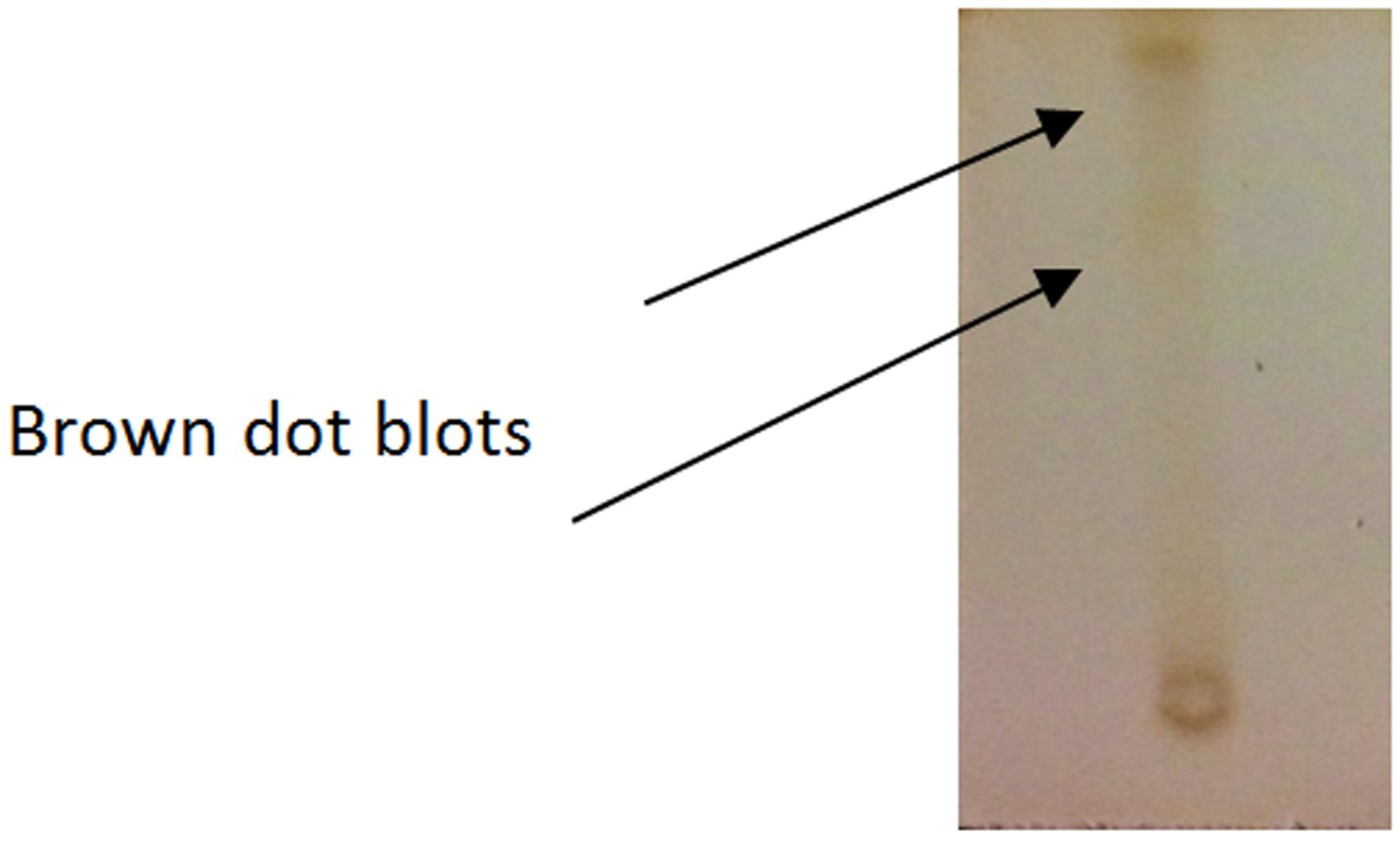The aim of this study was to increase rhamnolipid production by formulating media using kefir and fish meal for Pseudomonas aeruginosa strains isolated from different environmental resources. The strains, named as H1, SY1, and ST1, capable of rhamnolipid production were isolated from soil contaminated with wastes originating from olive and fish oil factories. Additionally, P. aeruginosa ATCC 9027 strain, which is known as rhamnolipid producer, was included in the study. Initially, rhamnolipid production by the strains was determined in Mineral Salt Medium (MSM) and then in media prepared by using kefir and fish meal. The obtained rhamnolipids were purified and quantified according to Dubois et al. (1956)Dubois M, Gilles KA, Hamilton JK et al. (1956) Colorimetric method for determination of sugars and related substances. Anal Chem 28:350–356.. The quantity of rhamnolipids of ATCC, H1 and SY1 strains in kefir media were determined as 11.7 g/L, 10.8 g/L and 3.2 g/L, respectively, and in fish meal media as 12.3 g/L, 9.3 g/L and 10.3 g/L, respectively. In addition, effect of UV light exposure on rhamnolipid production was also investigated but contrary a decrease was observed. The results indicate that P. aeruginosa strains isolated from various environmental resources used in this study can be important due to their rhamnolipid yield, and fish meal, which is obtained from waste of fish, can be an alternative source in low cost rhamnolipid production.
biosurfactant; Pseudomonas aeruginosa ; rhamnolipid; kefir; fish meal

